We always look forward to new releases from Core Nutritionals and the way Doug Miller and his team straddle the line between battle-tested and the innovative with unusual sophistication. This is a company that's not afraid to use new ingredients, but chooses them carefully.
Core PEAK: Innovative Nitric Oxide Boosting Capsules
That's exactly what they've done with Core PEAK, their latest capsule-based nitric-oxide booster. Although not explicitly marketed as a pre-workout supplement, it will obviously be used as one -- it stacks perfectly with the recently-updated Core Fury pre-workout, providing no overlap and additional pump mechanisms.
In fact, Peak uses well-studied ingredients that aren't in many pre-workouts at all, so nearly every stack will get a pump bump with this one.
However, the effects aren't just for athletes. Improving general cardiovascular health is just as valid a use case here, as we'll show you with the four key ingredients inside.
Let's get into it, but first, check PricePlow's Core Nutritional news and coupon-based deals:
Core Nutritionals Peak – Deals and Price Drop Alerts
Get Price Alerts
No spam, no scams.
Disclosure: PricePlow relies on pricing from stores with which we have a business relationship. We work hard to keep pricing current, but you may find a better offer.
Posts are sponsored in part by the retailers and/or brands listed on this page.
This area is reserved for Team PricePlow's upcoming videos.
Subscribe to our channel and sign up for notifications so you catch it when it goes live!
Core Peak Ingredients
In a single 6-capsule serving of PEAK from Core Nutritionals, you get the following:
-
Arginine Nitrate (NO3-T) – 2,000 mg
Arginine nitrate is a nitric-oxide (NO) boosting double whammy.
We want to boost NO production because the compound triggers vasodilation, a phenomenon where your blood vessels expand in diameter to allow for more blood flow.[1] The resulting improvement to circulation sets off a series of events that results in increased athletic performance and faster recovery. It enhances oxygen and nutrient delivery and removes metabolic waste more efficiently.
Arginine is famous for being the direct precursor to NO synthesis,[2] and consistent arginine supplementation in the 1.5 to 2-gram daily range has been shown to improve athletic performance.[3]
This is because arginine intake correlates with NO blood levels.[4]
With nitrates, on the other hand, we have a more unique mechanism: Bacteria in your mouth and stomach converts nitrate into nitrite, which is then used alongside arginine as a key ingredient in NO synthesis.[5]
Most of this conversion takes place in your mouth.[6-8] So it's worth noting that regular use of antibiotic mouthwash has actually been linked to lower levels of NO production. Such mouthwashes usually kill NO-producing bacteria along with the pathogenic bacteria you're trying to get rid of.[9]
Nitrate supplementation is a powerful way to potentially increase NO synthesis. Taking nitrate supplements is associated with:
- Better circulation[10]
- Higher aerobic efficiency[10-13]
- Increased strength[14,15]
- Increased cellular energy production[15-17]
When it comes to fitting low-doses of ingredients into capsules, nitrates are often a great way to go. We simply don't have room for citrulline or plain arginine aminos in here. And below, we get into even more ingredients that pack a huge punch in a small serving size.
Note: Core Nutritionals' stimulant-free pre-workout pump powder, Core PUMP, also has a nitrate in the form of betaine nitrate. You could stack Core PEAK with it, but note that the combined total dose of nitrate ingredients would be 4500 milligrams, which is pretty close to our total nitrate maximum and best reserved for experienced users.
-
VasoDrive-AP – 508 mg
VasoDrive-AP is a combination of isoleucyl-prolyl-proline (IPP) and valyl-prolyl-proline (VPP), two milk proteins derived from the casein fraction of whole milk.
These two proteins yield similar benefits as arginine nitrate because they also increase vasodilation... but not by increasing NO production. Instead, what VasoDrive proteins do is decrease vasoconstriction, the opposite of vasodilation, by inhibiting angiotensin-converting enzyme (ACE).[18]
The research on VasoDrive shows that it's on the same order of effectiveness as NO-boosting ingredients. People who supplement with VasoDrive have been observed to have significantly lower blood pressure, with effect sizes roughly equivalent to what you'd see with a NO booster.[18]
We love seeing this ingredient paired with NO boosters like arginine nitrate – the one-two punch (increasing vasodilation with NO while decreasing vasoconstriction with ACE inhibition) is a powerful strategy for improving cardiovascular function.
How to learn more about VasoDrive-AP
For those who are looking at Core PEAK for general cardiovascular health, note that VasoDrive-AP is the same ingredient named AmealPeptide -- so you can look at the information on that ingredient to learn more.
For those scientifically-minded, however, the best place to learn about this class of molecules is in the 2015 meta-analysis titled Casein-Derived Lactotripeptides Reduce Systolic and Diastolic Blood Pressure in a Meta-Analysis of Randomised Clinical Trials.[18]
-
PEAK ATP – 450 mg
So you've probably heard all about adenosine triphosphate (ATP), your body's basic energy currency that's produced by your mitochondria, the "powerhouses" of your cells. Peak ATP is an orally bioavailable ATP supplement.
We usually talk about ATP in the context of athletics, as increased cellular energy supply can translate to improvements in athletic performance. But ATP is crucial for so much more than that.
For one thing, scientific research has connected ATP to arterial vasodilation. ATP upregulation leads to endothelial nitric oxide synthase (eNOS) upregulation, increased NO production, and improved arterial function.[19]
Normal vasodilation proceeds like this: Your red blood cells, platelets, and endothelial cells release ATP in response to certain triggers. This ATP then increases calcium concentration in your endothelial cells, which moves eNOS into those same endothelial cells. That translocation of eNOS is what activates it, and causes it to produce NO, which drives vasodilation.[19]
One study summarizes the process like this:
Once released, ATP binds to purinergic (P2X and P2Y) receptors on endothelial cells. Binding results in the endothelial cells releasing nitric oxide via endothelial nitric oxide synthase, prostacyclin, and endothelium-derived hyperpolarizing factor, all 3 of which affect the smooth muscle of the vasculature via cyclic guanosine monophosphate, cyclic adenosine monophosphate, and hyperpolarization, respectively.[20]
So what if you supply your body with exogenous ATP? Could that help increase vasodilation?
Peak ATP increases arm circulation
One study gave 12 collegiate males 400 milligrams of Peak ATP daily and measured blood flow through their brachial arteries at various points throughout the three-month study period. Measurements were conducted immediately after the study participants had completed an arm exercise. The purpose was to see whether Peak ATP was changing their arterial response to the exercise.
Supplementation with Peak ATP significantly increased the body's vasodilation in response to exercise. The Peak ATP group had 50% greater blood flow than the control group.[20]
Peak ATP improves body composition and athletic performance
So does this improvement in circulation translate to real-world benefits? A 2013 study published in Nutrition & Metabolism indicates that, yes, it does. In this study, healthy young completed a 12-week training program. By the end of the study period, the men taking Peak ATP had better whole-body strength, vertical power, and muscle thickness compared to a placebo-control group.[21]
To better understand this effect, let's see what the authors of the study had to say:[21]
"It has been reported that the half-life of infused ATP is less than one second, ATP is rapidly taken up and stored by erythrocytes. This rapid uptake by erythrocytes is central to its role in affecting blood flow and oxygen delivery to oxygen-depleted tissue. Specifically, there is a tight coupling between oxygen demand in skeletal muscle and increases in blood flow. Erythrocytes regulate this response by acting as "oxygen sensors". When oxygen is low in a working muscle region, the red blood cell deforms, and releases ATP. The result is vasodilation and greater blood flow to the working musculature, thereby enhancing nutrient and oxygen delivery."[21]
We tend to think of cellular energy as fuel for high-intensity workouts, but it's so much more than that. Your body needs ATP for everything, including cardiovascular function and circulation.
We've come to love this ingredient. Anything that maintains ATP levels during training is a phenomenal tool, and this has been demonstrated to do that in well-run research.
-
CitraPeak Glucosyl-Hesperidin (from modified Citrus aurantium and Citrus sinensis Fruit Extracts) – 200 mg
Now it's time for the newest ingredient in Core PEAK - the novel to balance out the above ingredients we've long known about:
Hesperidin is a flavanone glycoside sourced from various citrus fruits. It occurs at particularly high concentrations in oranges.
Hesperidin can boost NO[22,23] to such an extent that it's actually been shown to improve the facial color of women with certain skin conditions[23] and increase the surface temperature of their skin,[24] both of which reflect a significant vasodilation-driven improvement in circulation.
Your body converts ingested hesperidin to hesperetin, a flavonoid that increases the expression of endothelial nitric oxide synthase (eNOS), the enzyme that generates nitric oxide in arteries.[22]
CitraPeak is a trademarked form of hesperidin -- glucosyl-hesperidin -- that's standardized to maximize these vasodilatory effects.[25] It differs from generic hesperidin in that it's enzymatically bound to a glucosyl group. The resulting glucosyl-hesperidin has been shown in animal studies to be almost four times as bioavailable as generic hesperidin.[26] The early studies on CitraPeak indicate that it can be effective within 30 minutes of ingestion.[25]
One study found that glucosyl-hesperidin reduced serum triglyceride levels during the six-month study period.[27] According to the study authors, the impressive bioavailability of CitraPeak, compared to generic hesperidin, can be explained by the fact that "G-Hesperidin is very soluble in water, and its solubility is about 10,000 times greater than that of conventional hesperidin."[27,28]
Hesperidin has also been shown to help defend skin from UV-induced damage, reduce systemic inflammation, improve insulin sensitivity, among other things.[29]
Note that CitraPeak is also in the new Core Fury stimulant-based pre-workout supplement, so Core's doubling down on this ingredient in a big way.
This packs a serious punch in six capsules - and we've actually tested it and felt effects in as low as 3-4 capsules!
Dosage and Directions
Per the label, take 6 capsules 15-30 minutes before training. If stacking with Core PUMP, it's suggested to start at 3 capsules to assess nitrate tolerance.
For users taking this for general cardiovascular health, you can take 3 capsules in the morning and 3 capsules in the evening. We've found that using nitric oxide boosters before bed can greatly improve sleep, and this is why we like having an evening dose.
Conclusion: Core Peak Brings the Peak of Pumps
Core really went for something different with this formula. The usual NO-boosting ingredients are conspicuously absent and, instead, they're substituted by some heavy-hitting new kids on the block. Does the formula work? Without a doubt, from our personal testing.
The first two ingredients alone are a nice little spin on the classic NO-boosting strategy: upregulating NO while inhibiting the enzymes that degrade it. Only here, you're experiencing the inhibiting effect of NO degradation — vasoconstriction — rather than the prevention of NO degradation itself.
Add Peak ATP and CitraPeak -- the two "Peak" ingredients in Core PEAK -- and you've got a formula with serious potential. In fact, using this next to an energy drink would provide all the pumps you really need if you don't want to travel with a ton of powder.
Far too often, we see the same four or five ingredients over and over again in the pre-workout space. This is how you change it up. Core Nutritionals is trying to take this genre in a new direction, and we're pretty excited to watch it play out.
Core Nutritionals Peak – Deals and Price Drop Alerts
Get Price Alerts
No spam, no scams.
Disclosure: PricePlow relies on pricing from stores with which we have a business relationship. We work hard to keep pricing current, but you may find a better offer.
Posts are sponsored in part by the retailers and/or brands listed on this page.
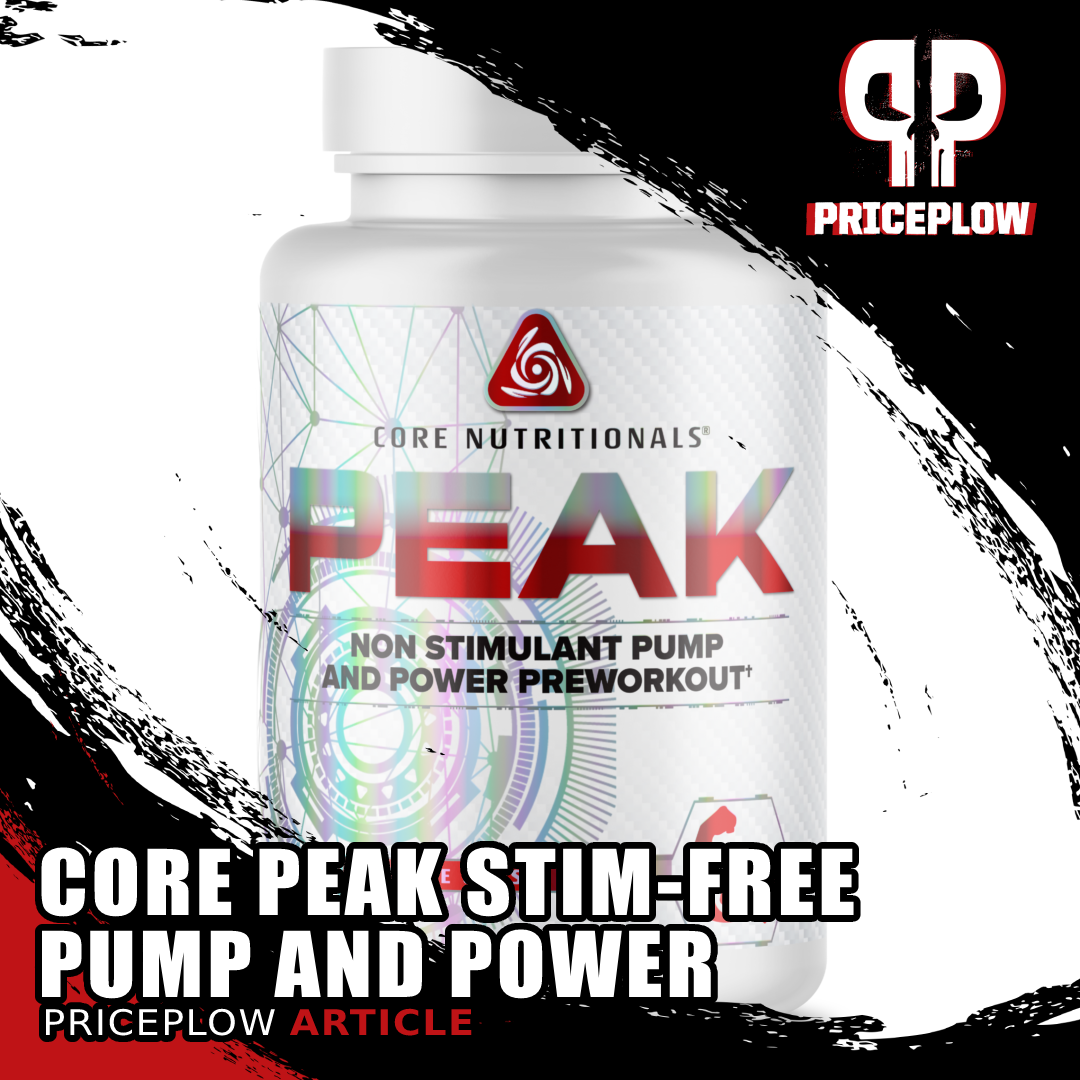

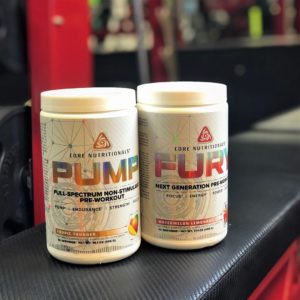


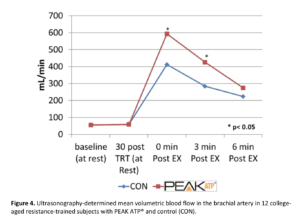
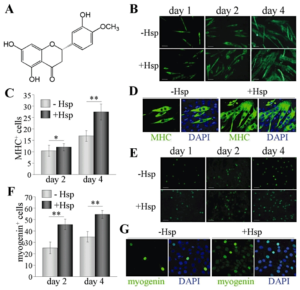
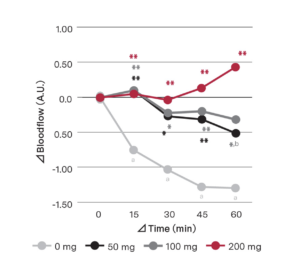

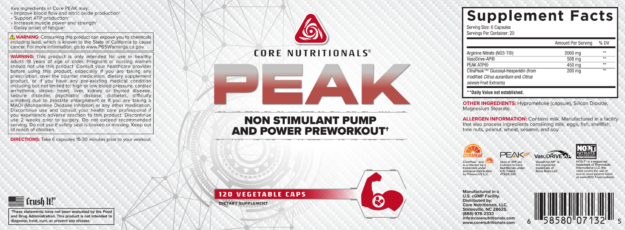


Comments and Discussion (Powered by the PricePlow Forum)